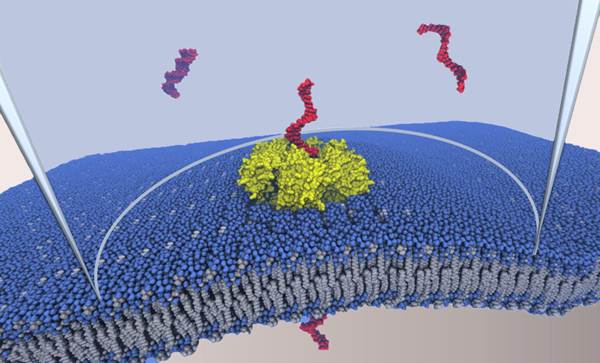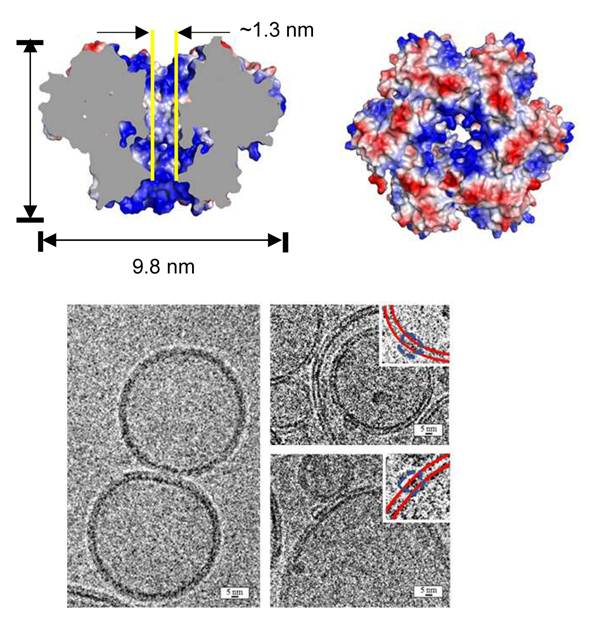
In collaboration with Professor Lei Zhang of School of Science,Xi’an Jiaotong University, Shanghai Jiao Tong University and Henan University,the research team of Professor Jia Geng and Professor Guangwen Lu at SCU State Key Laboratory of Biotherapy, West China Hospital has pubished in Nature Communications ( IF=11.88 ) their research findings in an article entitled “Active DNA unwinding and transport by a membrane-adapted helicase nanopore.” This article reports abouta new type of nanopore with dual functions of spin and detection based on bovine papillomavirus helicase E1, and demonstrates the potential applications of transmembrane spin and transport of double stranded nucleic acids, transmembrane delivery and sensing. Department of Laboratory Medicine, and State Key Laboratory of Biotherapy of West China Hospital are the first work units. The doctoral students of Ke Sun, Changjian Zhao, Xiaojun Zeng, Yuejia Chen and Xin Jiang are the first authors.
Modern precision medicine, genomics and molecular diagnosis require that new gene sequencing technology to be fast and convenient. Representative of the third generation sequencing technology, nanopore single molecule sequencing has unique advantages such as long length, no amplification, low cost and real-time reading. However, the current research of nanopore sequencing technology in China is still in its infancy, and innovative, efficient and independent intellectual property nanopore sensors are still in urgent need of development.

The team used single molecule detection technology, biophysics and structural biology to carry out innovative design and constructed a new type of protein nanopore based on bovine papillomavirus helicase E1. The authors conclude that “we constructed a helicase nanopore from BPV E1 helicase, and it was reconstituted into lipid bilayer and live cell membranes. It exhibited the ability for passive transport similar to the well-studied protein nanopore, while retaining interesting helicase activity when embedded in BLM. The dynamics and kinetics of the active transport driven by ATP-hydrolysis was revealed by the current trace recording during individual dsDNA unwinding, providing a powerful tool for single-molecule study of biomotors. The helicase nanopore also formed dynamic channels in live cell membrane, and ssDNA could be delivered into the cell and observed in single-cell level. With the low toxicity to cells, it exhibited potential applications in nanopore sensing, drug delivery and single-cell analysis.”
This research has received support from the National Key R & D Program "Nanotechnology", among others. It is an original innovation in the field of nanopore sensing technology in China.
Article link:https://www.nature.com/articles/s41467-019-13047-y
